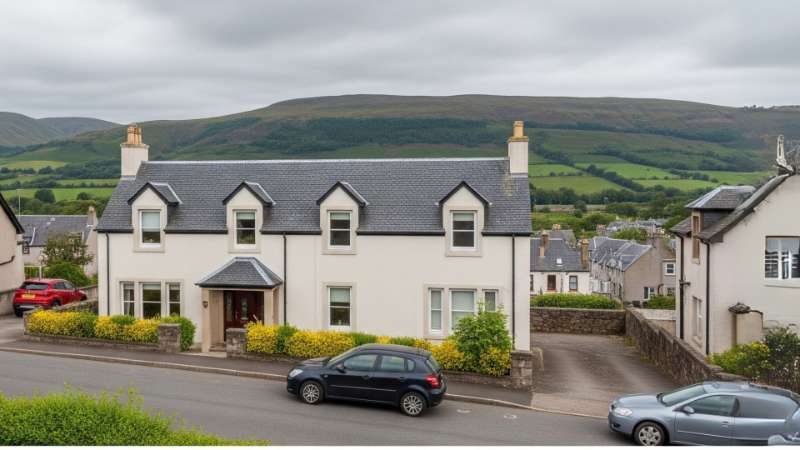Property flipping in Scotland offers lucrative opportunities for investors willing to navigate its unique market dynamics. Unlike other regions, Scotland's property market presents distinct challenges and advantages that can significantly impact the success of a flipping venture.
Understanding the Scottish Property Market
Scotland's property market is characterised by its legal processes, property types, and regional variations. The "missives" system, a series of formal letters exchanged between buyer and seller, governs property transactions, differing from the English system of contracts. This process can influence transaction timelines and requires careful attention to detail.
Additionally, property types vary widely, from traditional tenements and cottages to modern flats and detached houses. Understanding the local market and property types is crucial for identifying suitable properties for flipping.
Identifying Potential Flipping Opportunities
Successful property flipping begins with sourcing the right property. In Scotland, potential properties can be found through:
Property Auctions: Auctions often feature properties below market value, presenting opportunities for flipping. However, they come with risks such as hidden defects and legal complexities.
Estate Agents: Local estate agents can provide insights into properties that may not be widely advertised.
Direct Seller Approaches: Contacting property owners directly can uncover off-market deals.
It's essential to conduct thorough due diligence, including property surveys and legal checks, to assess the viability of a potential flip.
Financing Your Property Flip
Securing appropriate financing is a critical step in property flipping. Options include:
Bridging Loans: Short-term loans that can bridge the gap between purchasing and selling the property.
Development Finance: Tailored loans for property development projects.
Traditional Mortgages: Standard home loans, though they may be less flexible for flipping purposes.
Each financing option has its advantages and considerations, and it's important to choose one that aligns with your project's timeline and budget.
Renovation Strategies for Maximum Return
Renovations should focus on improvements that add significant value without overspending. Key areas to consider include:
Kitchens and Bathrooms: Modernising these spaces can yield high returns.
Curb Appeal: Enhancing the property's exterior can attract more buyers.
Energy Efficiency: Implementing energy-saving measures can increase appeal and reduce running costs.
It's advisable to work with experienced contractors and project managers to ensure quality work within budget and on schedule.
Navigating Legal and Tax Considerations
Understanding the legal framework is vital in Scotland's property market. The "missives" system requires careful negotiation and adherence to timelines.
Regarding taxation, profits from property flipping are typically subject to Income Tax rather than Capital Gains Tax, as the activity is considered trading rather than investment.
????️Choosing the Right Location
Location plays a pivotal role in the success of a property flip. Areas with strong demand, good transport links, and potential for growth are ideal. For instance, Carluke in Lanarkshire has been identified as a property hotspot, with homes selling faster than anywhere else in Britain.
Additionally, understanding local planning regulations and obtaining necessary permissions is crucial to avoid legal complications.
Conclusion
Flipping property in Scotland can be highly profitable when approached with the right strategy. Understanding the local market, financing options, and renovation opportunities, along with complying with legal processes, are all key components of success. Whether you're just starting or looking to optimise your next flip, a strategic approach will help you maximise your returns. Stewart Thomson Property offers expert coaching to help you navigate every step of the process—from budgeting to finding the right property. Reach out today to get started.



































